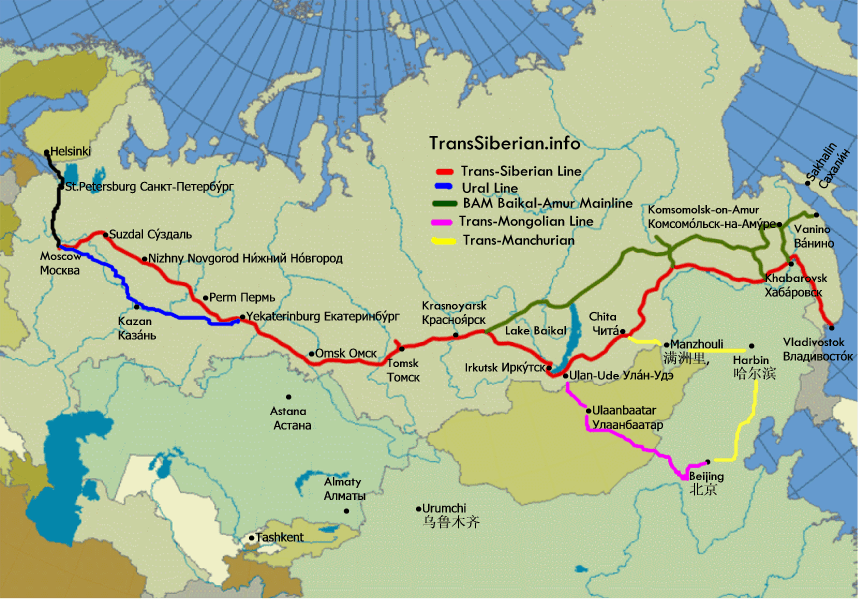Devil on the Trans-Siberian Railway December 8, 2014
Author: Beach Combing | in : Modern , trackbackBeach has previously celebrated strange railway superstition stories, the simple and unsurprising fact that innocent peoples faced with long lines of track and steam behemoths running across country naturally mixed up science and superstition and interpreted the train as a demon or bogey. Most strikingly there is the fate of the Plains Indians in their battle with the train as it crossed North America. However, Beach just came across this curious reference to a war between Siberians (presumably native peoples) and the Russian railway industry from 1897.
The Railway as the Devil’s Agent. Extraordinary superstition of the inhabitants of some of the wilder parts of Siberia has recently been illustrated by disturbances where the Russo-Siberian Railway is being extended. The people there are persuaded that the locomotive is an emissary of the Devil, and will bring evil upon them as it goes puffing through their districts. Accordingly they systematically pulled the rails after they had been laid down, broke up the permanent way, and threatened the engineers with violence. When the latter summoned the military, the Siberians fought desperately against what they considered to be an infernal invasion.
The trans-Siberian railway, at almost ten thousand kilometers, was and is the longest in the world: an extraordinary achievement of the Imperial Russian government in its last generation. It was begun in 1891 and completed only in the Great War in 1916: it had been originally due for completion for 1900 but events got in the way. It proved crucial to the Reds in the Civil War and arguably saved the country in the Second World War, while some historians have wondered whether the Russo-Japanese war was not lost because of the railway’s relatively incomplete state in 1904. But Beach has been unable to uncover any other details about the railway being the devil in the Siberian imagination: though this sounds credible and, as noted above, can be paralleled from elsewhere in the world. Can anyone help? drbeachcombing AT yahoo DOT com Did it have something to do with the well documented fact that native peoples were sometimes displaced by track laying and train-running in the Russian interior? Note that in 1897 about five hundred miles had been built from Vladivostock, the first trans-Siberian train for paying clients ran, meanwhile, on part of the line, a year later in 1898: it had, bizarrists might wish to know, a library, a stationary bike, a dark room (for camera enthusiasts), a free barber and a gym.



